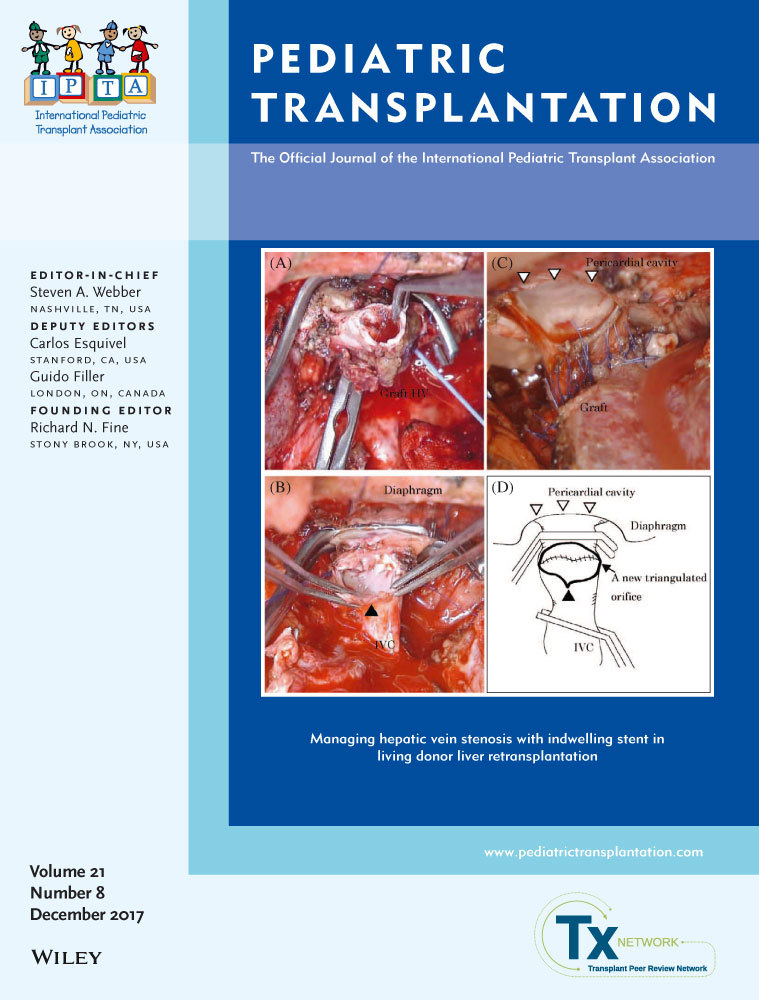The impact of ischemic time on early rejection after pediatric heart transplant
Abstract
Prolonged graft ischemia may be a risk factor for early rejection post-HTx, but this has not been well studied in children. Furthermore, factors moderating the association between IT and early rejection have not been investigated. From 2004 to 2012, pediatric HTx recipients (n = 2381) were identified from the UNOS database. A ROC curve determined the optimal IT discriminating patients by the presence of early rejection. Separate univariate analyses identified factors associated with: (i) early (prior to hospital discharge) rejection, and (ii) IT. A multivariable logistic regression assessed independent risk factors for early rejection. We included interaction terms to evaluate whether IT's independent risk effect on early rejection is moderated via interaction with associated factors found in univariate analysis. Longer IT was associated with an increased risk of early rejection. In multivariable analysis, IT > 3.1 hours was an independent risk factor for early rejection (AOR 1.44, P = .01). No interaction terms between IT and any associated factors were significant. Longer IT is an independent risk for early rejection in pediatric HTx recipients. Better understanding the association between IT and early rejection may identify interventions to mitigate this risk.




